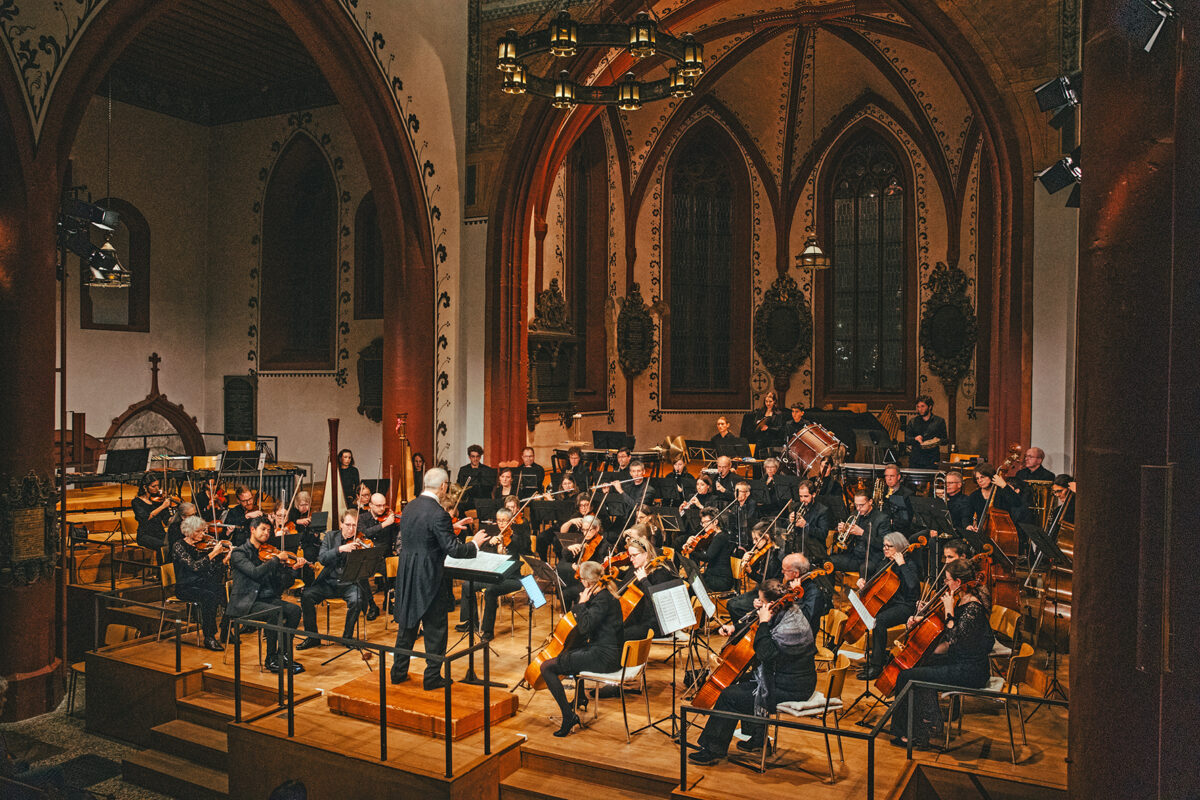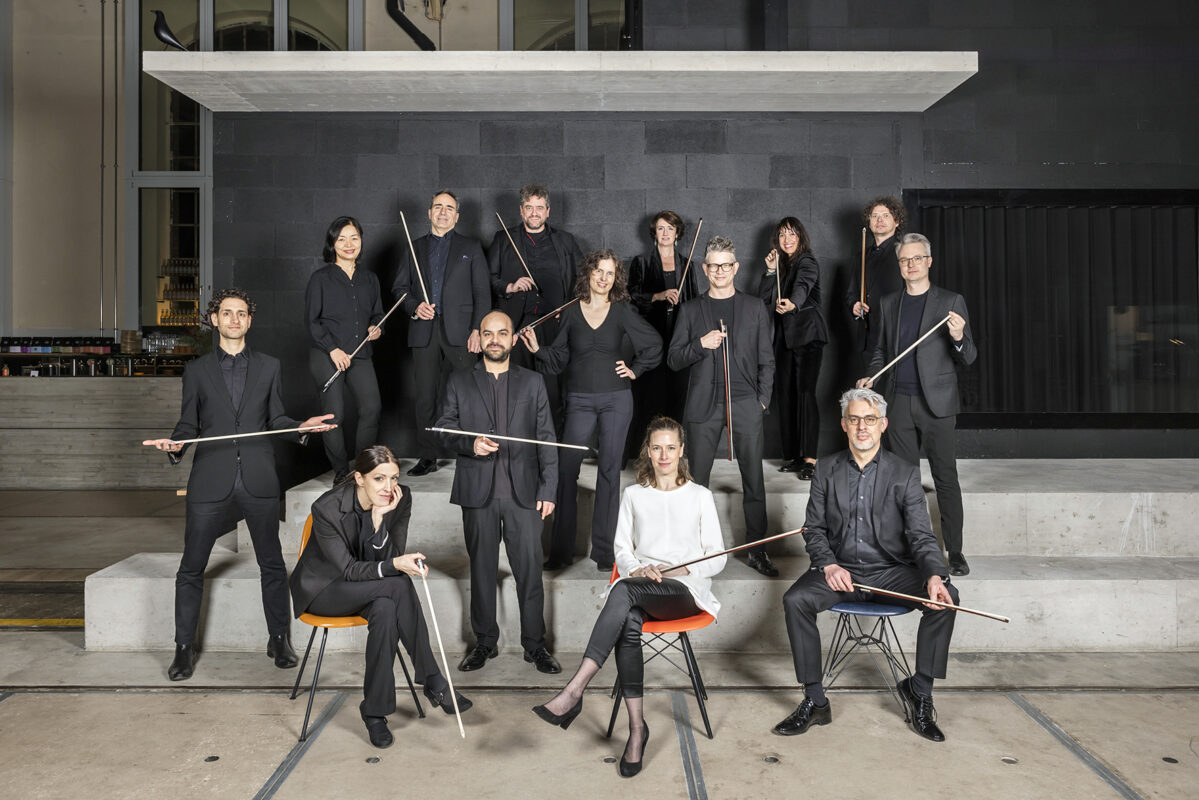New orchestral music for the country
orchester.ch promotes new works by commissioning new compositions. The audience should not only hear something new, but also participate more intensively in the music.
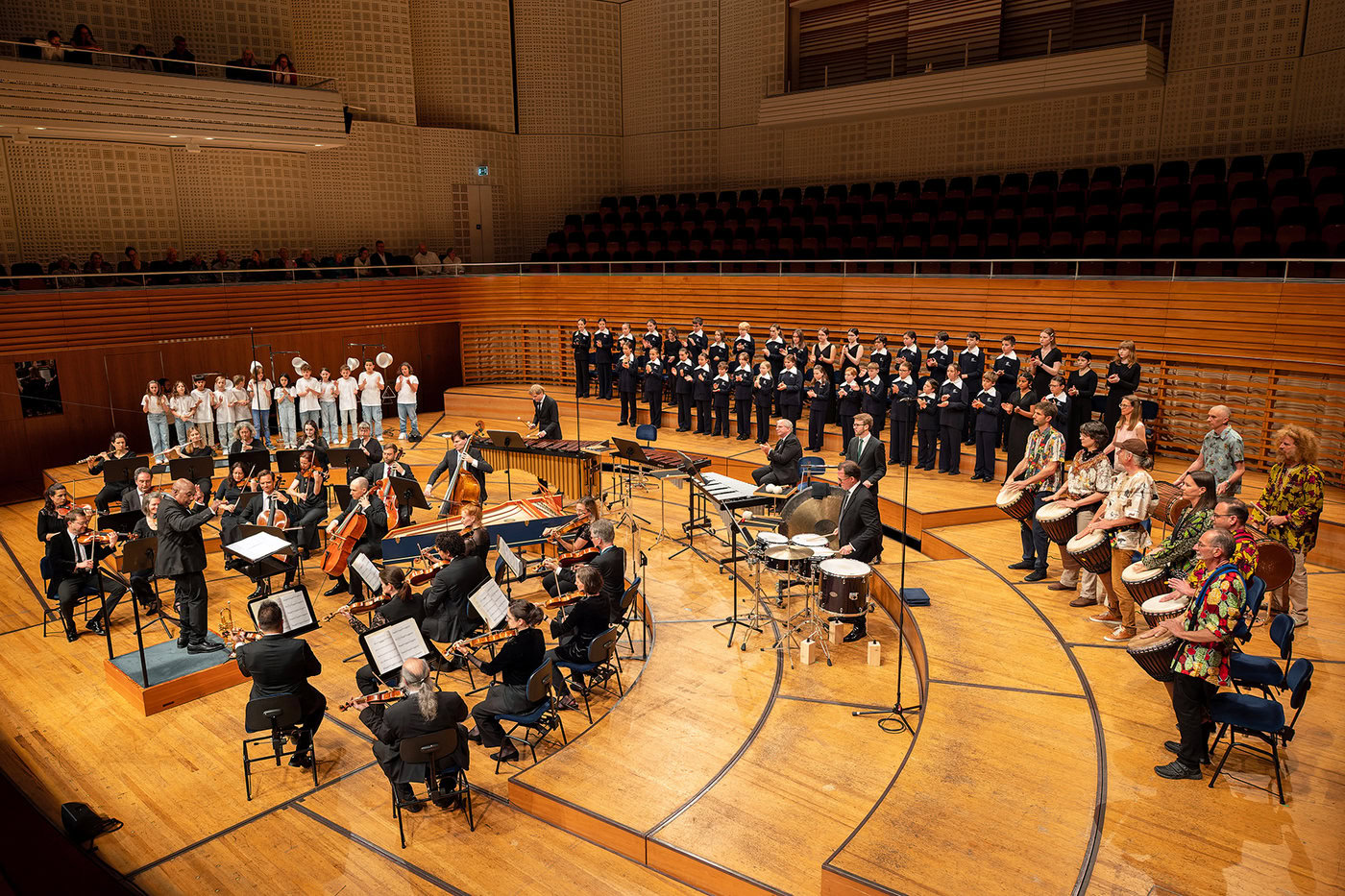
How often is contemporary Swiss orchestral music heard in our symphony concerts? How often is Helvetic music heard there, even established works such as Honegger or Schoeck? This is a question that concerns not only Pro Helvetia, which is tasked with promoting Swiss music, but also the orchestras themselves. A decade ago, Pro Helvetia launched the project œuvres:suissesin which eleven symphony orchestras took part with three world premieres each. The aim was not only to support new pieces, but also to bring them into circulation. This was not a failure; some of the pieces were actually taken up. But we were not allowed to rest on our laurels.
Participate instead of being told
So has orchestra.chthe umbrella organization of fifteen Swiss professional orchestras, has once again taken the initiative. "For contemporary music in society" and "The country needs new sounds" is the cheerful headline on the association's homepage. The subtitle "together, insieme, ensemble" hints at a surplus. It's not just about premieres, but also about music education: "Works of contemporary music will be performed that have been commissioned from composers working in Switzerland - and which take into account the importance of exchange with society as well as participation, inclusion and involvement."
Innovators and traditionalists
Music education - and much more than that. No mere explanations, but music that explains itself through participation. It is interesting to compare the commissioned composers. Of the 29 names that œuvres:suisses were involved and represented established positions within New Music at the time, only one of them reappears: Richard Dubugnonnot an avant-gardist, but an accomplished, colorful and narrative composer. In addition, mostly younger musicians appear who stand between the genres and play with them. This points to a paradigm shift: Contemporary music-making has changed and diverged, as is particularly evident in the orchestral works aimed at a larger audience. There are the innovators, who have a somewhat harder time beyond the specialized festivals because they question conventions; here are the traditionalists, who want to and can operate the apparatus, as it is so beautifully called.
Spring hope with children's choir and drums
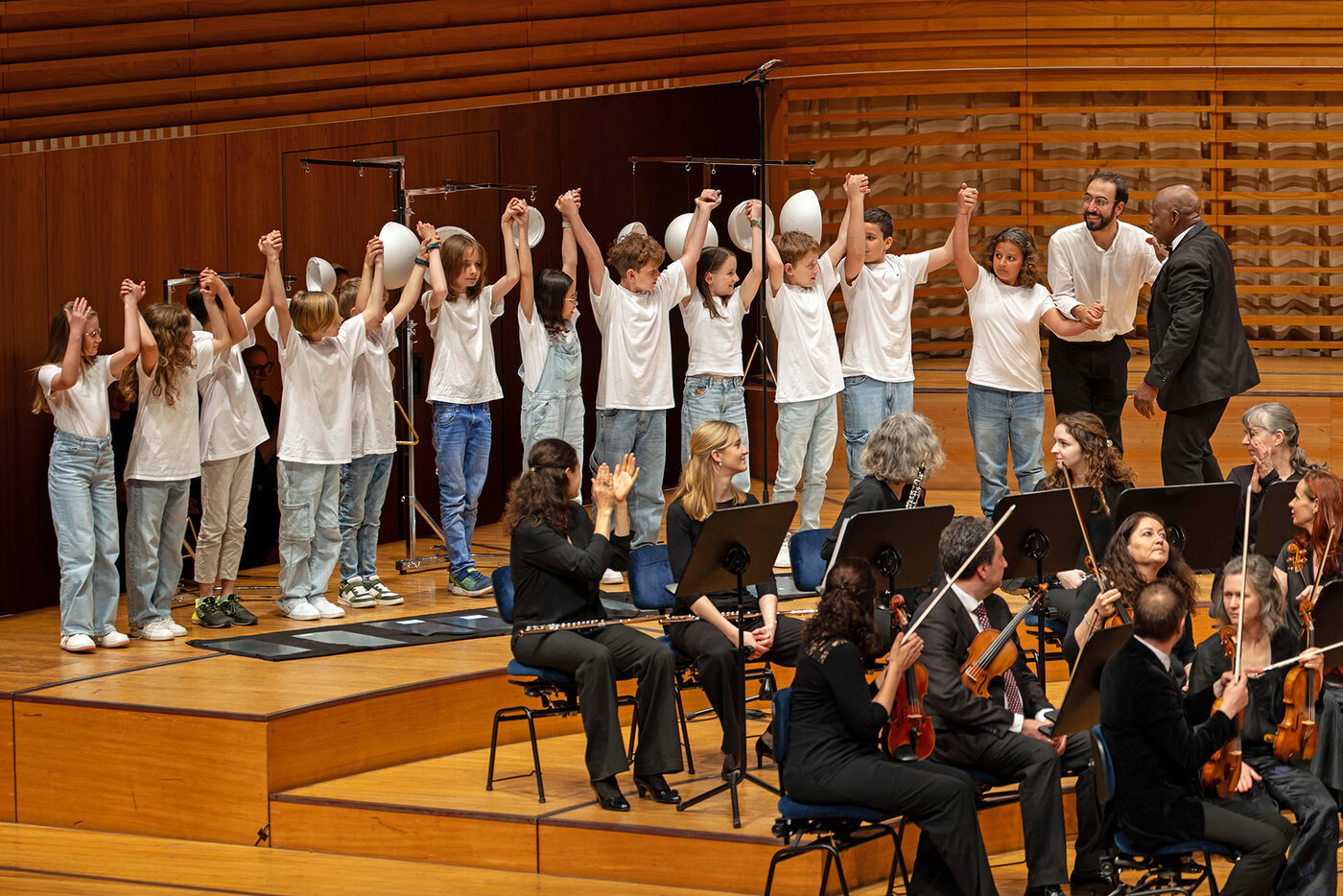
Of the ten pieces that were launched between May 11 and 24 in three language regions, two very different ones are highlighted here. In his Mother's Day Concerto, which Vivaldi and above all his Four seasons was dedicated to the Lucerne Symphony Orchestra a new piece with the appropriate title The New Spring before. It was created by the Oklahoma-born jazz musician and composer Jalalu-Calvert Nelson. His politically motivated composition Jim is Still Crowing recently made it to the finals for the prestigious Pulitzer Prize.
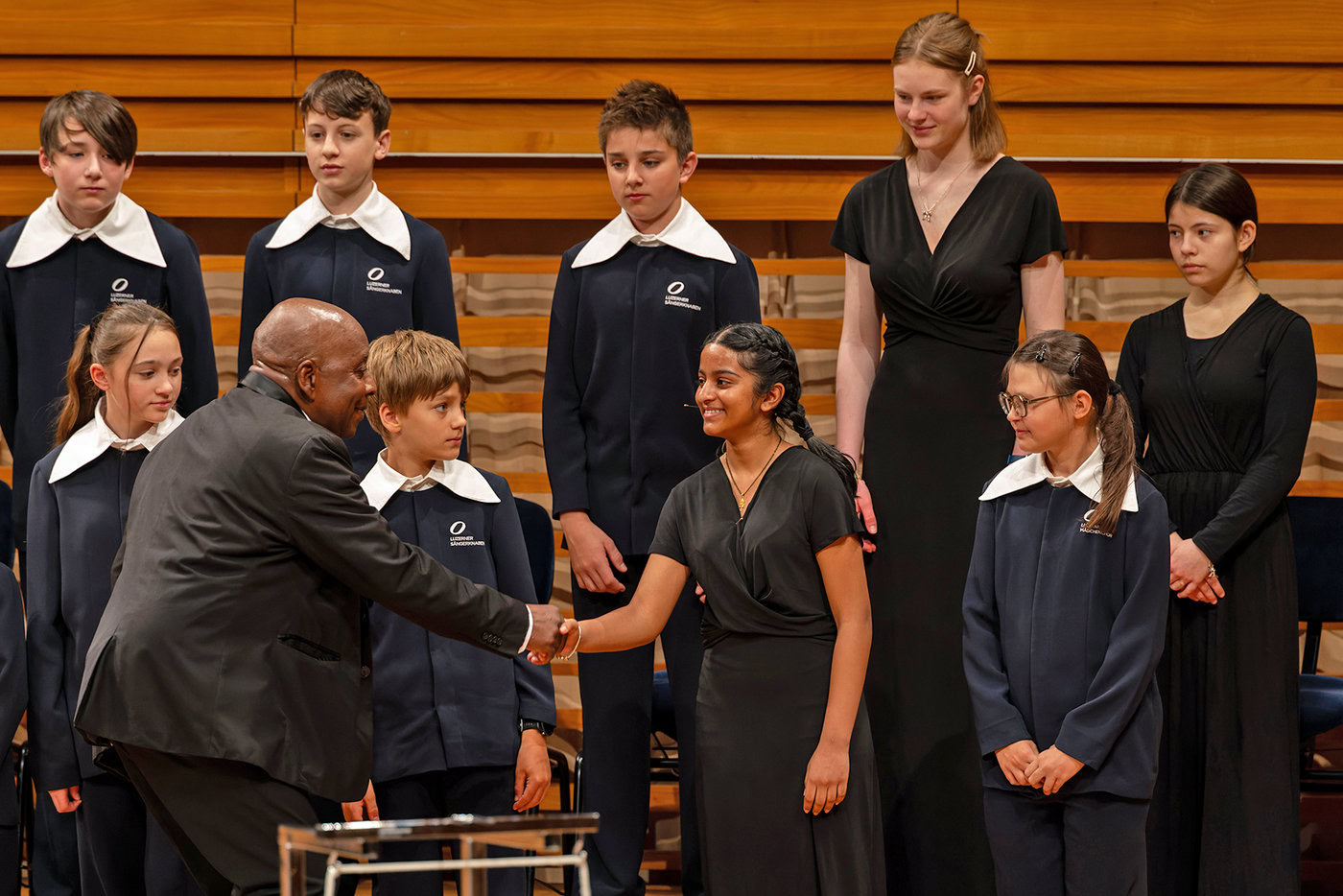
He has lived in Biel for some time now. And his music is gradually attracting more attention in Switzerland, and rightly so, as it combines commitment and catchiness, experimentation and narrative. The hope for a new spring is expressed in musical images, Vivaldi echoes are juxtaposed with illustrative noise passages. This immediately captures the ear and does not overtax it. However, the preparation was at least as important as the result. Not only the Lucerne Symphony Orchestra was involved, but also the Luzerner Kantorei, a children's choir. There was also the Lucerne Drum Circle, which contributed a lot to the rhythmic drive. And the sound level was created by class 4B from Kriens elementary school, supported by percussionist Miguel Ángel García Martin.
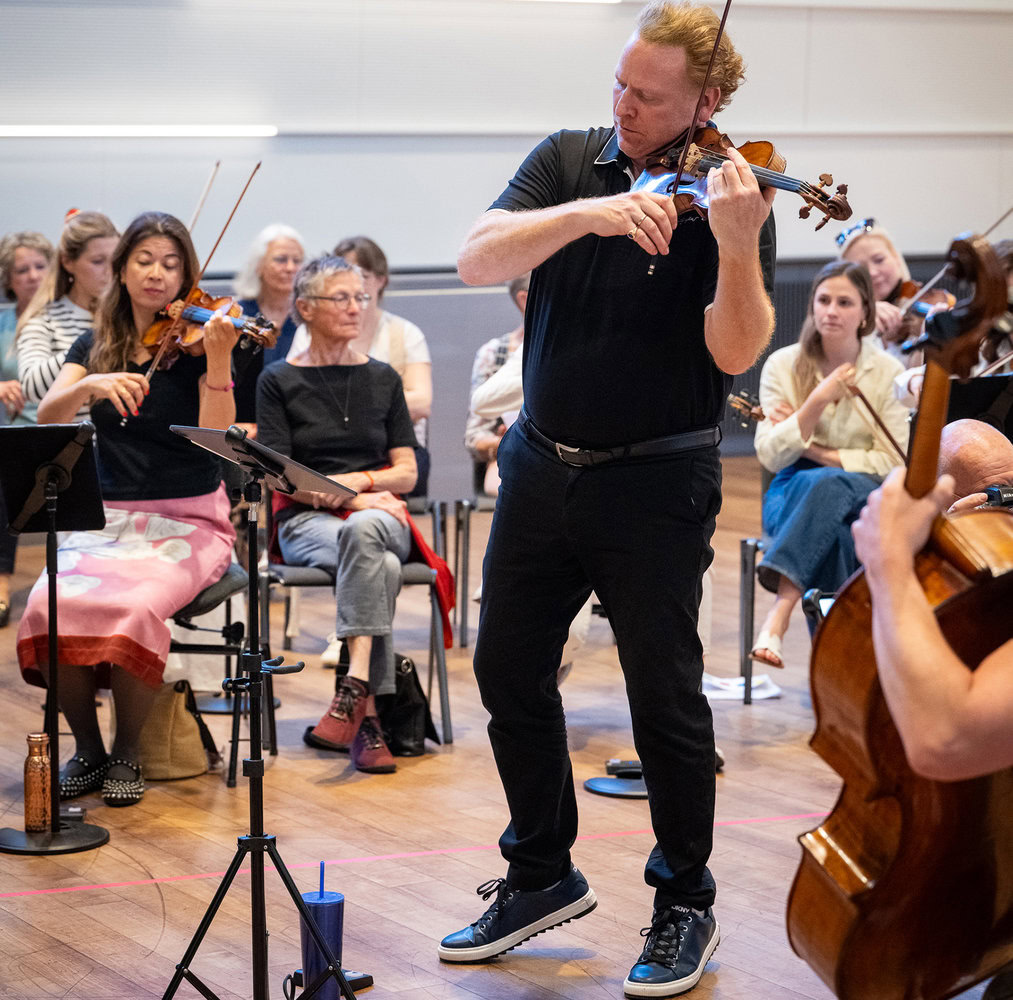
Intense sound impression in the middle
The actual premiere of Richard Dubugnon's Passacaille concertante took place on May 13 in a baroque-neo-baroque program of the Zurich Chamber Orchestra and fitted in perfectly. The Lausanne-born composer filled the old form with late romantic sounds and made it glide beautifully. On the previous Sunday afternoon, the music mediation took place in a public rehearsal, which, however, wanted to be more. Together with Lena-Catharina Schneider, artistic director of the ZKO, cultural mediator Lisa Stepf developed a participatory experience format entitled Come in. The audience, including many children, was divided into groups of around twelve people, who moved between four stations. At one station, the composer and conductor Daniel Hope gave a brief introduction to the work; at the other two, the audience sat in the middle of the string orchestra in either the higher or lower registers. The musicians were happy to engage in conversation with the amateurs. The focus was less on the new work than on the intensity of the sound impression that was experienced there. They were part of it.







